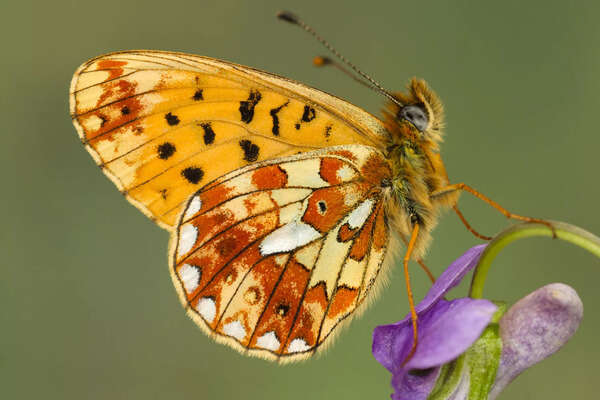Everyone wants exact numbers, but the truth is, estimating the number of animal species that inhabit our planet is an educated guess. The challenges are many.
Species counts are biased because we tend to study some organisms more than others. Birds as a group have been studied extensively, so scientists believe that the number of bird species currently alive (between 9,000 and 10,000) is a relatively good approximation of the actual number. On the other hand, nematodes, also known as roundworms, are a poorly studied group of invertebrates, and therefore, we know very little about their diversity.
Habitat can make counting animals difficult. Animals that live in the deep sea are not easily accessible, so naturalists know less about their diversity. Organisms that live in soil or are parasitic on other animals are equally difficult to locate and therefore difficult to quantify. Even terrestrial habitats like the Amazon rainforest can present insurmountable obstacles to species censuses.
The size of animals often complicates detection and counting of species. In many cases, smaller species are more difficult to spot and count.
Ambiguity in terminology and scientific classification affects species counts. How do you define a species? This isn't always easy, especially when so-called "species" are able to interbreed. In addition, different classification methods will also affect the number of species. For example, some models classify birds as reptiles, increasing the number of reptile species by as many as 10,000.
Despite these challenges, we still want to know how many species inhabit our planet. This gives us the perspective we need to balance research and conservation goals, to ensure that less popular groups of animals are not overlooked, and to help us better understand community structure and dynamics.

The number of animal species on our planet is estimated to be between three and thirty million. How did we arrive at this huge estimate? Let's look at the major groups of animals and see how many species fall into different categories.
If we divide all animals on Earth into two categories, invertebrates and vertebrates then an estimated 97% of all species are invertebrates. Invertebrates are animals that lack backbones, including sponges, cnidarians, molluscs, platyhelminthes, annelids, arthropods, and insects. Of all invertebrates, insects are by far the most abundant. There are so many species of insects, at least 10 million species, that scientists have yet to discover them all, let alone name or count them. Vertebrates, including fish, amphibians, reptiles, birds and mammals, make up only 3% of all living species.
The following list provides estimates of the number of species within different animal groups. Remember that the sublevels in this list reflect the taxonomic relationships between organisms. This means, for example, that the number of invertebrate species includes all groups below it in the hierarchy (sponges, cnidarians, etc.). Since not all groups are listed below, the number of parent groups is not necessarily the sum of child groups.
Animals: An estimated 30-30 million species
|
|--Invertebrates: 97% of all known species
| |--Sponges: 10,000 species
| |--Cnidarians : 8,000-9,000 species
| |--Mollusks: 100,000 species
| |--Platyhelminthes: 13,000 species
| |--Nematodes: 20,000+ species
| |--Echinoderms: 6,000 species
| |--Annelids: 12,000 species
| |--Arthropods
| |--Crustaceans: 40,000 species
| |--Insects: 1-30 million+ species
| |-- Arachnids: 75,500 species
|
|--vertebrates: 3% of all known species
|--Reptiles: 7,984 species
|--Amphibians: 5,400 species
|--Birds: 9,000-10,000 species
|--Mammals: 4,475-5,000 species
| --Ray-finned fish: 23,500 species
animal tags:
We created this article in conjunction with AI technology, then made sure it was fact-checked and edited by a Animals Top editor.